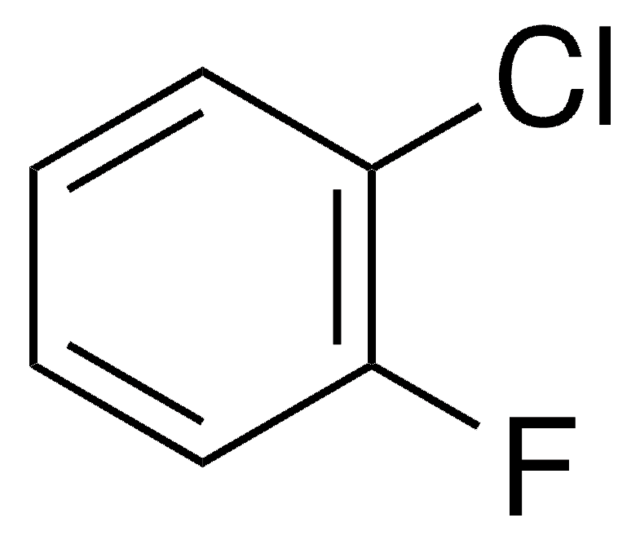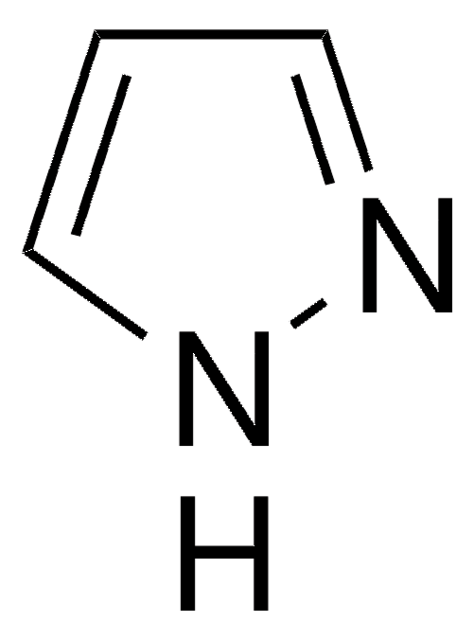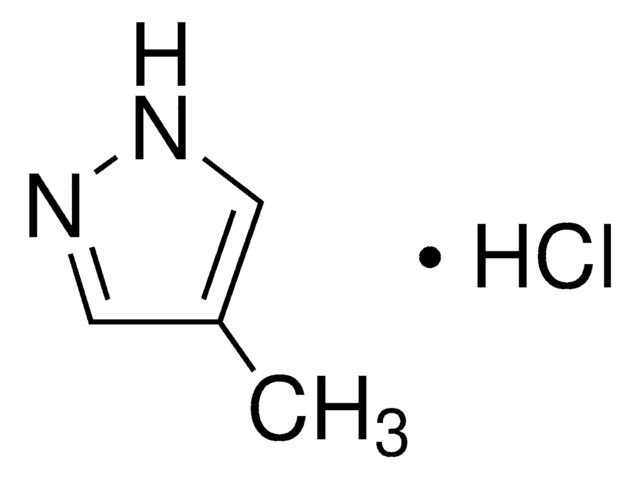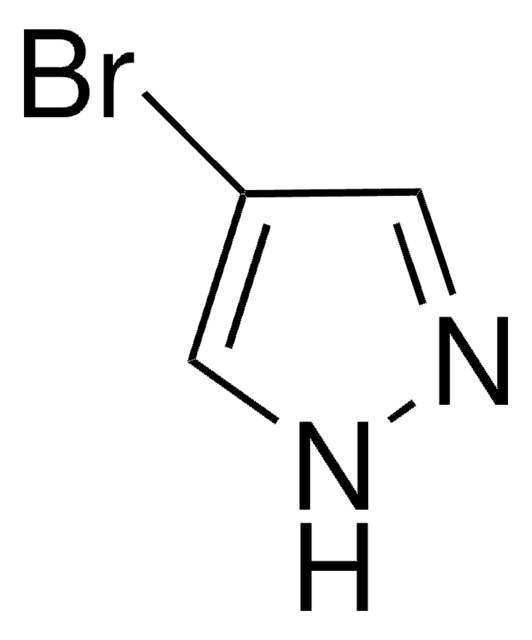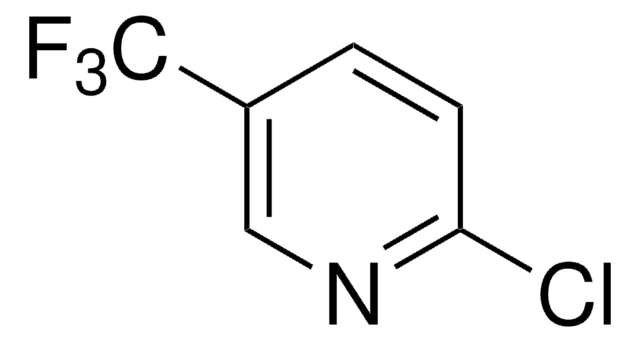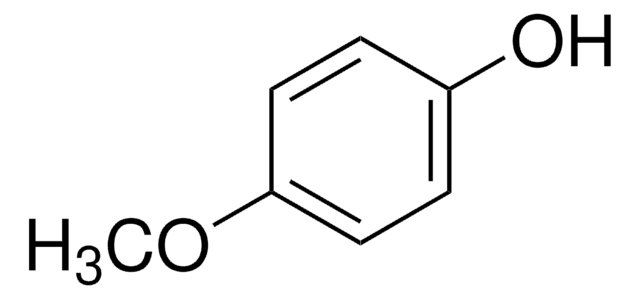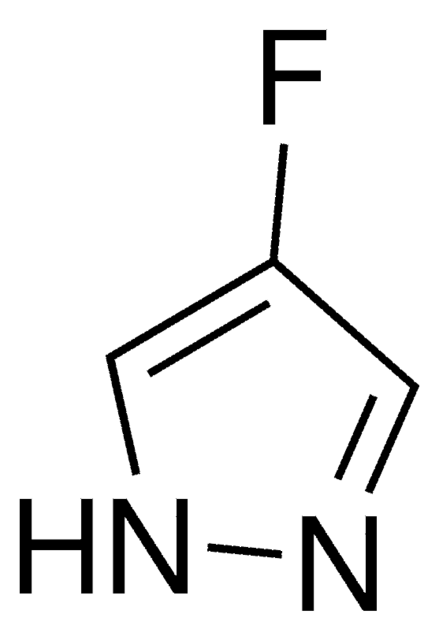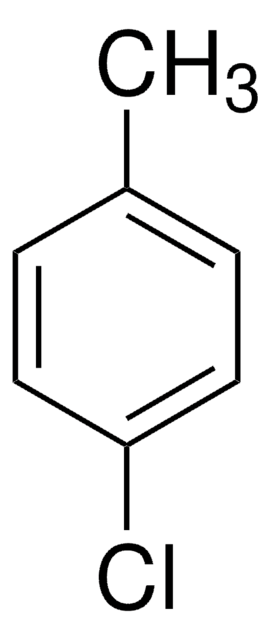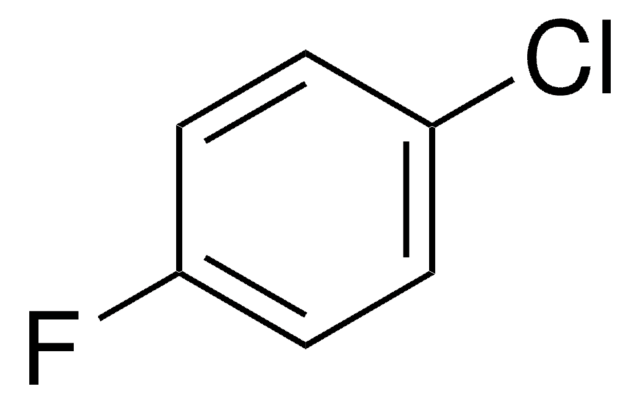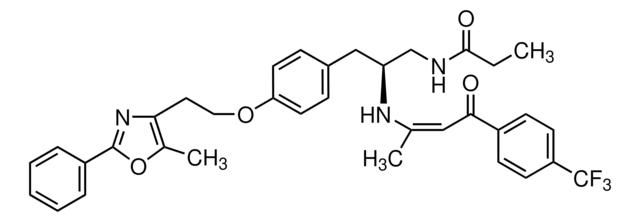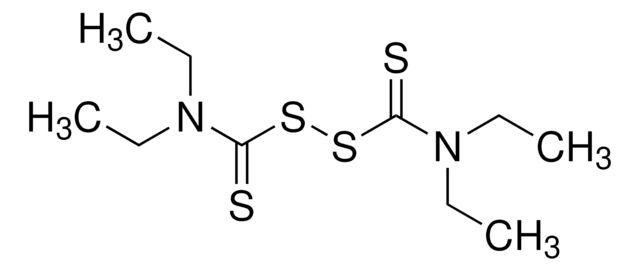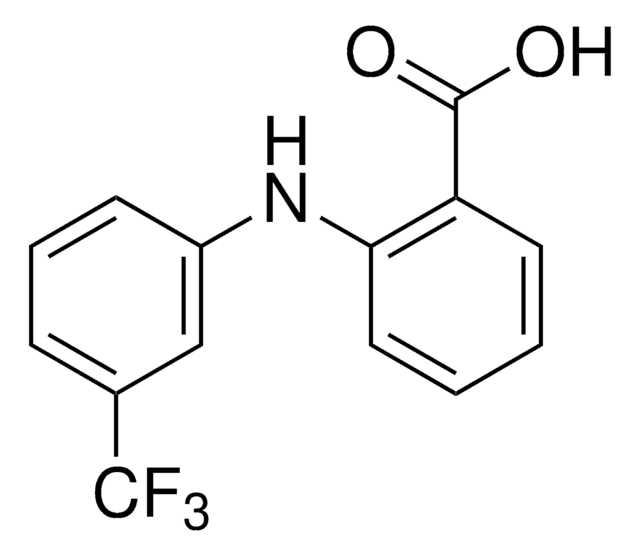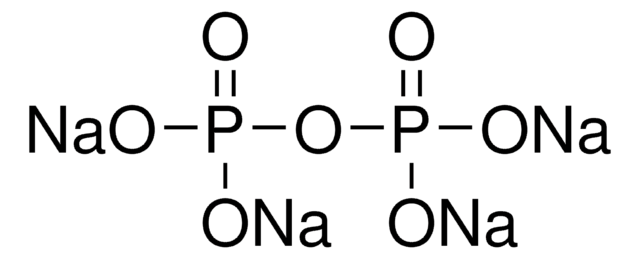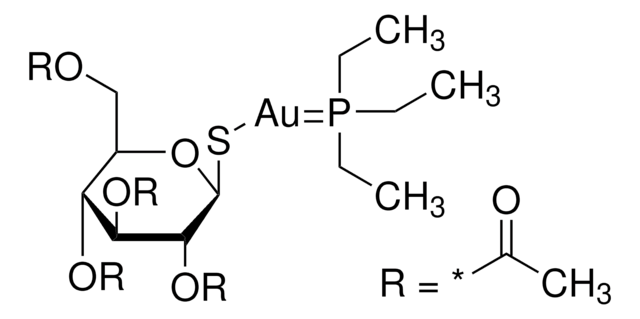222569
Fomepizole
99%
Synonim(y):
4-Methylpyrazole
About This Item
Polecane produkty
Próba
99%
współczynnik refrakcji
n20/D 1.495 (lit.)
tw
99-100 °C/6 mmHg (lit.)
rozpuszczalność
alcohol: soluble(lit.)
water: soluble(lit.)
gęstość
0.993 g/mL at 25 °C (lit.)
ciąg SMILES
Cc1cn[nH]c1
InChI
1S/C4H6N2/c1-4-2-5-6-3-4/h2-3H,1H3,(H,5,6)
Klucz InChI
RIKMMFOAQPJVMX-UHFFFAOYSA-N
informacje o genach
human ... ADH1A(124) , ADH1B(125) , ADH1C(126)
Szukasz podobnych produktów? Odwiedź Przewodnik dotyczący porównywania produktów
Powiązane kategorie
Opis ogólny
Zastosowanie
- A reactant to prepare 4-methyl-1-phenyl-1H-pyrazole by reacting with bromobenzene via N-arylation using a copper catalyst.
- A starting material for the synthesis of 4-methyl-3(5)-nitropyrazole by nitration.
- A ligand in the preparation of gallium(III) complex of 4-methylpyrazole as potential antitumor and antiviral agent.
Działania biochem./fizjol.
Hasło ostrzegawcze
Warning
Zwroty wskazujące rodzaj zagrożenia
Zwroty wskazujące środki ostrożności
Klasyfikacja zagrożeń
Acute Tox. 4 Oral - Eye Irrit. 2 - Skin Irrit. 2 - STOT SE 3
Organy docelowe
Respiratory system
Kod klasy składowania
10 - Combustible liquids
Klasa zagrożenia wodnego (WGK)
WGK 3
Temperatura zapłonu (°F)
204.8 °F - closed cup
Temperatura zapłonu (°C)
96 °C - closed cup
Środki ochrony indywidualnej
Eyeshields, Faceshields, Gloves, type ABEK (EN14387) respirator filter
Certyfikaty analizy (CoA)
Poszukaj Certyfikaty analizy (CoA), wpisując numer partii/serii produktów. Numery serii i partii można znaleźć na etykiecie produktu po słowach „seria” lub „partia”.
Masz już ten produkt?
Dokumenty związane z niedawno zakupionymi produktami zostały zamieszczone w Bibliotece dokumentów.
Klienci oglądali również te produkty
Nasz zespół naukowców ma doświadczenie we wszystkich obszarach badań, w tym w naukach przyrodniczych, materiałoznawstwie, syntezie chemicznej, chromatografii, analityce i wielu innych dziedzinach.
Skontaktuj się z zespołem ds. pomocy technicznej
